


|
Joined:
|
26/05/2015 |
|---|---|
|
Last Updated:
|
09/01/2016 |
|
Location:
|
Phoenixville, PA, United States |
|
Climate Zone:
|
Cool Temperate |
|
Gender:
|
Male |
|
Web site:
|
www.permscape.com/ |
(projects i'm involved in)
(projects i'm following)
Back to John Stevenson's profile
Posted by John Stevenson about 9 years ago
At permscape permaculture we continue raising Pure Strain - Oreochromis Aureus - Blue Tilapia as well as some other fish better acclimated to our local seasonal temperatures.
Tilapia fingerlings grow very quickly during the first ninety days. Tilapia can weight over 5 pounds in three to five years but one to 1 ½ pounds is what you should shoot for if you intend to eat them or sell them to a restaurant. 1 ½ pounds is considered to be the perfect plate size because it allows for breading.
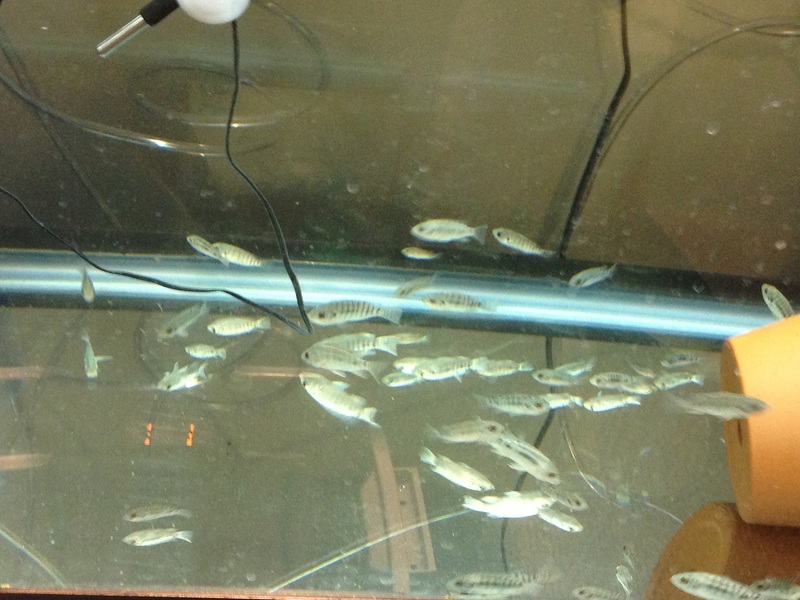
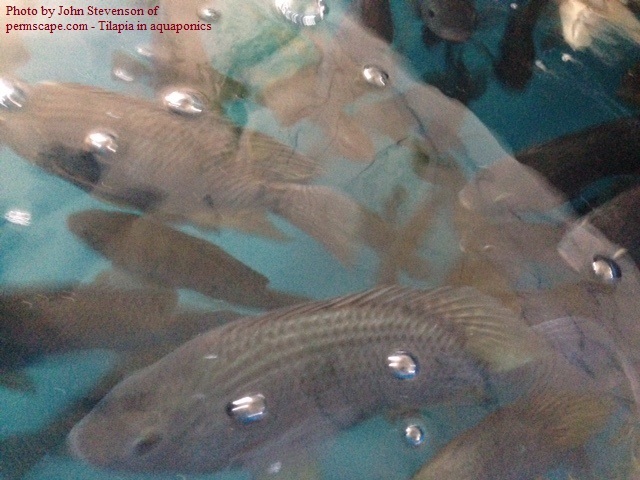
Looking back - Why did we start raising fish in the first place?
Seafood is the number one internationally traded commodity food. Consequently nearly 80% of all seafood consumed in my neighborhood was imported from hundreds, if not thousands of miles away.
Overall, the most internationally traded commodity is oil.
Food miles = transportation = fossil fuel consumption.
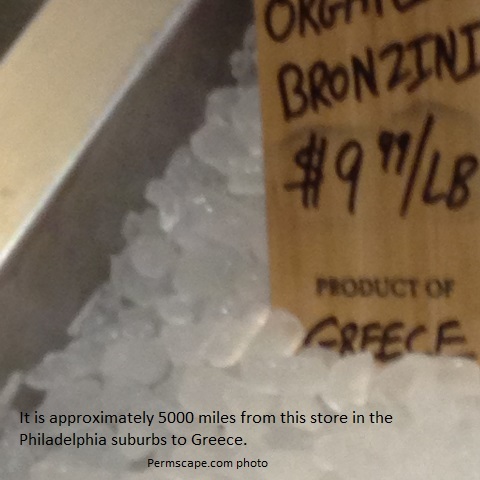
All that seafood is regulated by our F.D.A. who has publically acknowledged that approximately 99% of the seafood imported for consumption is not inspected.
Some countries use growth hormones and prophylactically administer antibiotics in fish farms to net a slightly larger crop. What does this mean to our health and food security?
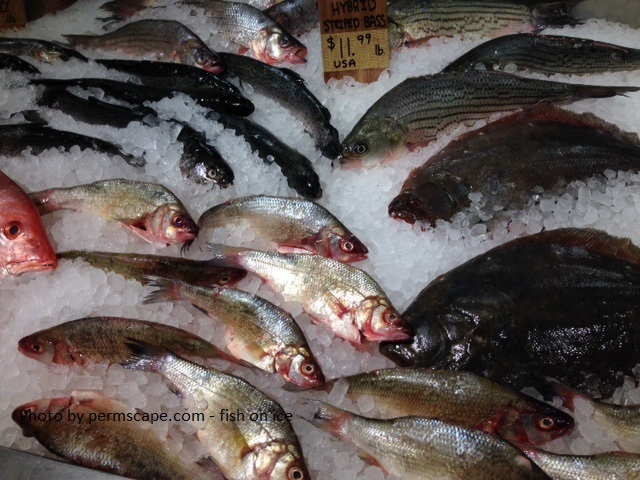
I personally do not eat any imported fish. In fact, wild caught fish like Mackerel (King), Shark, Swordfish, Halibut, and Tuna are all on warning lists and should not be consumed in any significant quantity. One great option for people that want safe fish to consume is to raise their own.
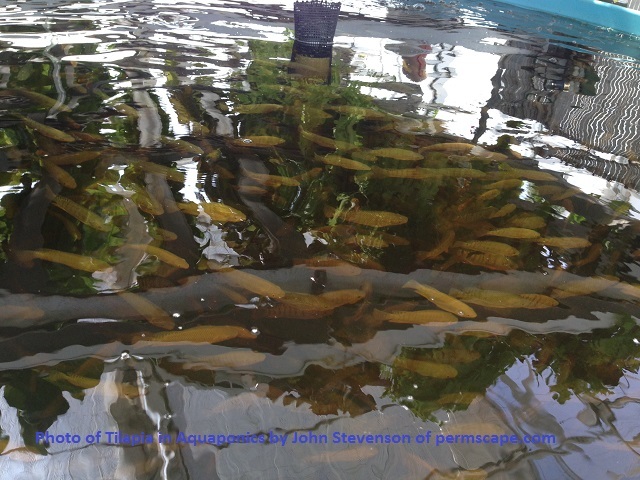
Closed loop Recirculating Aquaculture Systems (RAS) or Aquaponic farm raised fish such as tilapia, catfish, yellow perch, crappie, walleye, crawfish, and bluegill taste great and are a much safer option than what you can find at the store.
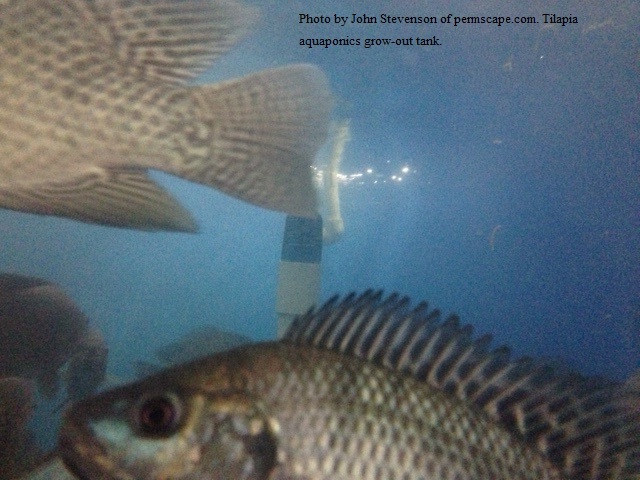
When you manage your own system you control all the inputs. Aquaponics Systems grow fish and plants relatively easily and are fairly simple to construct and maintain.
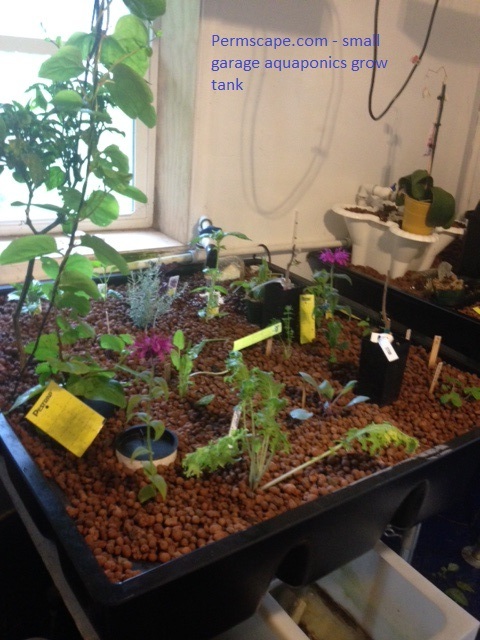
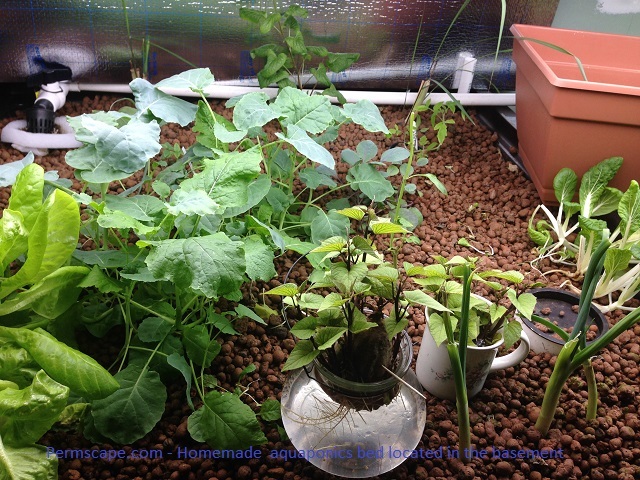
Aquaponic systems can be built largely with recycled materials (using IBC totes as tanks) and may last for decades.
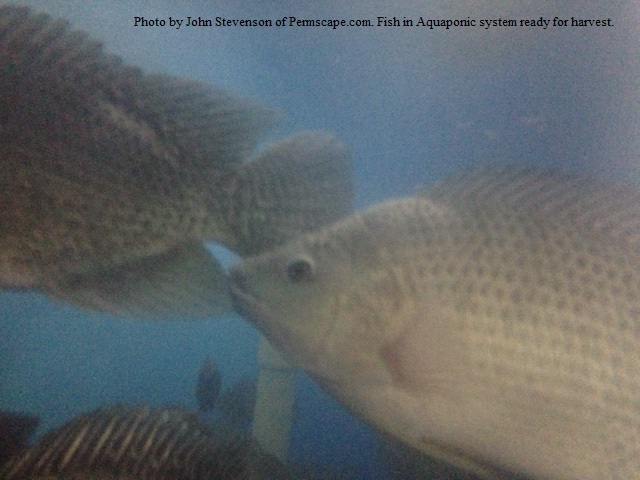
Tanks molded for culturing fish are often criticized since they are manufactured from plastic. I argue these tanks are a good choice for the environment.
Think about all the fossil fuel burned to catch, process, and transport seafood. How much plastic and styrofoam is used daily?
After the fish is caught, the real journey begins. It is placed in the fishing boat cooler. Once on land, fish are loaded into a refrigerated truck on the dock. Next the fish travels to the climate controlled warehouse/plant. The fish are then moved into a shipping container. That container is offloaded to another truck for transportation to potentially another warehouse. Eventually the “fresh” fish arrives at your market. This is where the fish is placed on a slab of single use styrofoam and wrapped in single use plastic for you to purchase.
How much fossil fuel does it take to keep it cold through that journey? What is the cumulative environmental impact of all the packing and unpacking during the journey. How much plastic was required?
The culture tanks, while made of plastic, may last for a lifetime with proper care. With each harvest the plastic per fish cost of the tank diminishes, eventually (I believe quickly) it becomes a net negative environmental impact.
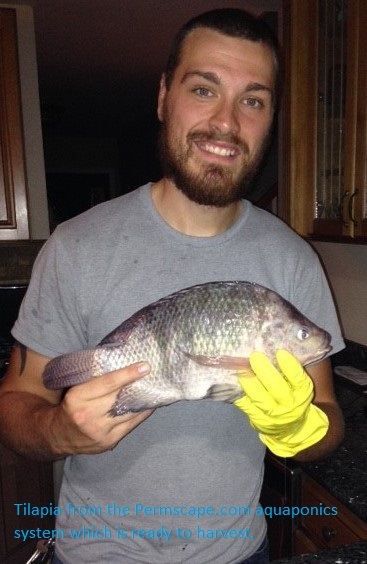
Harvesting the fish fillets for a safe, chemical free, healthy, protein is just the start. Every part of the fish is used. The offal is an excellent organic fertilizer. Native Americans often buried a fish under a corn seed which acted as steady releasing fertilizer to help establish the corn crops. Most fertilizers list fishbone meal and/or bone meal as the top ingredients in most organic fertilizers.
There are so many reasons for you to add aquaculture/aquaponics to your permaculture toolbox. I really hope you will give it a try.
You must be logged in to comment.

| Permaculture Design Course 2015 |
| Type: Permaculture Design Certificate (PDC) course |
| Verifying teacher: Salah Hammad |
| Other Teachers: Geoff Lawton |
| Location: On-Line |
| Date: Feb 2015 |

| Geoff Lawton |
| Type: Geoff Lawton Online PDC |
| Teacher: Geoff Lawton |
| Location: Online |
| Date: Feb 2015 |

| Geoff Lawton |
| Type: Geoff Lawton Online Earthworks |
| Teacher: Geoff Lawton |
| Location: Online |
| Date: Feb 2015 |

| Geoff Lawton |
| Type: Geoff Lawton Reading the Landscape |
| Teacher: Geoff Lawton |
| Location: Online |
| Date: Feb 2015 |
| 2 PDC Graduates (list) |
| 0 PRI PDC Graduates (list) |
| 0 Other Course Graduates (list) |
| have acknowledged being taught by John Stevenson |
| 0 have not yet been verified (list) |
| John Stevenson has permaculture experience in: |
|---|
| Cold Temperate |
| Cool Temperate |